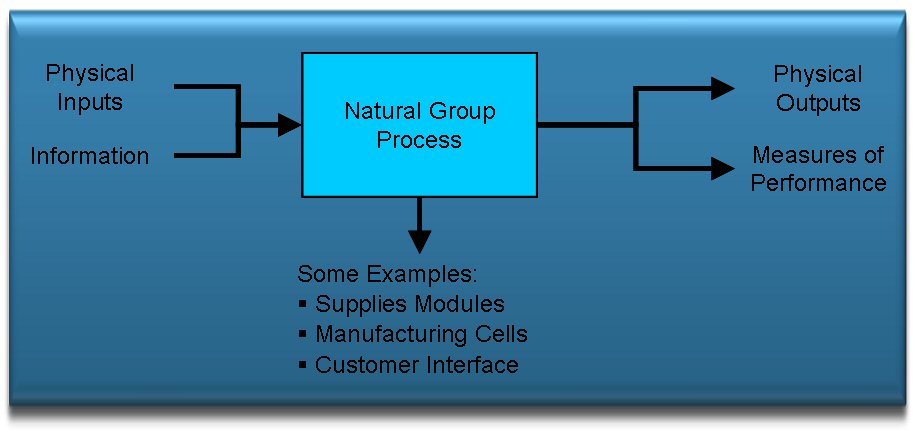5.21 - Measures of Performance
Overview
Lean manufacturing systems require new types of controls to maintain their performance. To target and demonstrate continual improvements in operational manufacturing performance, it is necessary to identify key manufacturing parameters that reflect business objectives at all levels in the organisation. These must be:-
- Owned by the business unit, product module, natural group or cell and reflect overall business ratios
- Easy to calculate and typically be not less than 3 or more than 7
- Consistent
- Understood by all at the level in the cellular structure at which they are used
- Calculated daily / weekly / monthly as appropriate to provide meaningful information
- Based on the supply chain and emphasise customer / contractor relationships

The Purpose of Measures of Performance
- Motivate
- Allow comparison with world’s best practices
- Focus on controls that lead to effective performance
- Provide information to employees showing how they contribute to the divisional costs and profit and allow direct causes and effects feedback
- Record performance achievements that can be used to establish future performance goals
Categories of performance measure for office natural groups and manufacturing natural groups:-
Key |
Type |
Examples |
(1) |
Costs |
module accounts, sales / employee, cost / transaction |
(2) |
Quality |
defects parts per million (ppm), stock accuracy |
(3) |
Delivery |
lead-time, percentage achievement of plan |
Measures of Performance for a Supplies Module
| Measure | Description | Key |
| Stock Turns Ratio | Value of Material released to production divided by current value of gross stock | (1) |
| Turnover per Employee | Value of Goods Received divided by number of employees | (1) |
| Value of Stock | per metre of floor area |
(1) |
| Cost Index (Cost Creep) | % price increase / decrease for a selected representative group of components compared to previous year | (1) |
| Number of Suppliers | total number of raw materials suppliers, bought-out items & sub-contractors, with records of quality status | (1) |
| Supplier Conformance | Number of defective items x 10^6 divided by number of items purchased | (2) |
| % Delivery Performance | Sum of items delivered divided by number of items purchased | (2) |
| Lead-time | Elapsed time between placing an order and receipt of goods into manufacturing | (2) |
Measures of Performance for Manufacturing Module or Cell
| Measure | Description | Key |
| Stock Turns | Number of items processed divided by the average quantity in stock | (1) |
| Sales Value per employee | Total Sales divided by the number of employees | (1) |
| Quality Performance | number of items defective x 10^6 divided by the number of items processed | (2) |
| % Production Achievement | Sum of items manufactured divided by the number agreed on the production schedule a 10% | (3) |
| Manufacturing Lead-time | Elapsed time between the cell order being received and the components being completed | (3) |
Measures of Performance for the Customer Interface
| Measure | Description | Key |
| Product Failure | Number of items defective x 10^6 divided by the number of items processed | (2) |
| Warranty Returns | Number of items defective in service x 10^6 divided by the number of items supplied | (2) |
| % Schedule Adherence | Sum of products delivered by category to the customer divided by the number of items ordered per category x 100% | (3) |
Product Cost
Product cost is an important variable that forms the cornerstone for the pricing policy. It can be calculated in several ways - choose the correct method for the purposes and be consistent in its application. The cost used must include all overhead charges based on bottom-up support service analysis and highlight costs of none-value added activity.
Monitoring of product costs movement (Cost Creep) should focus on sources of changes within the business and the supply chain processes.
Measures of Performance must be supported by regularly check against the world’s best performance analysis - professionally done!